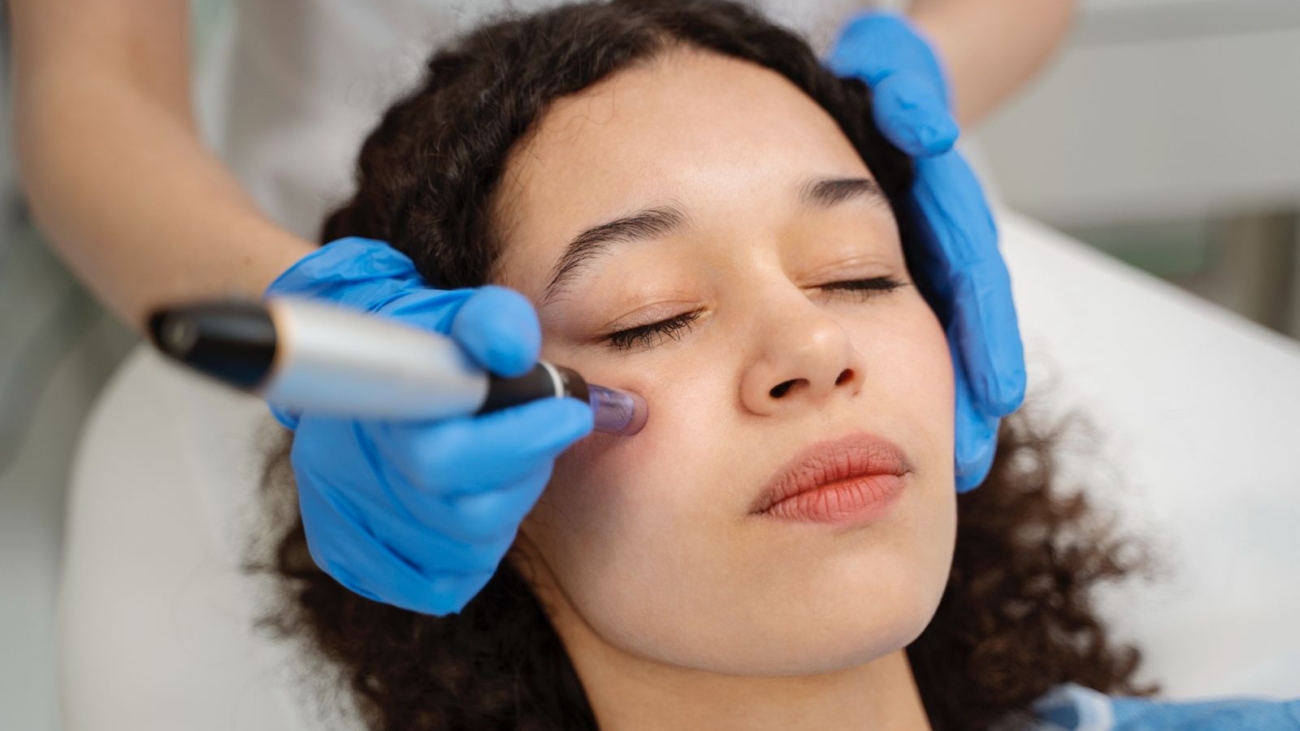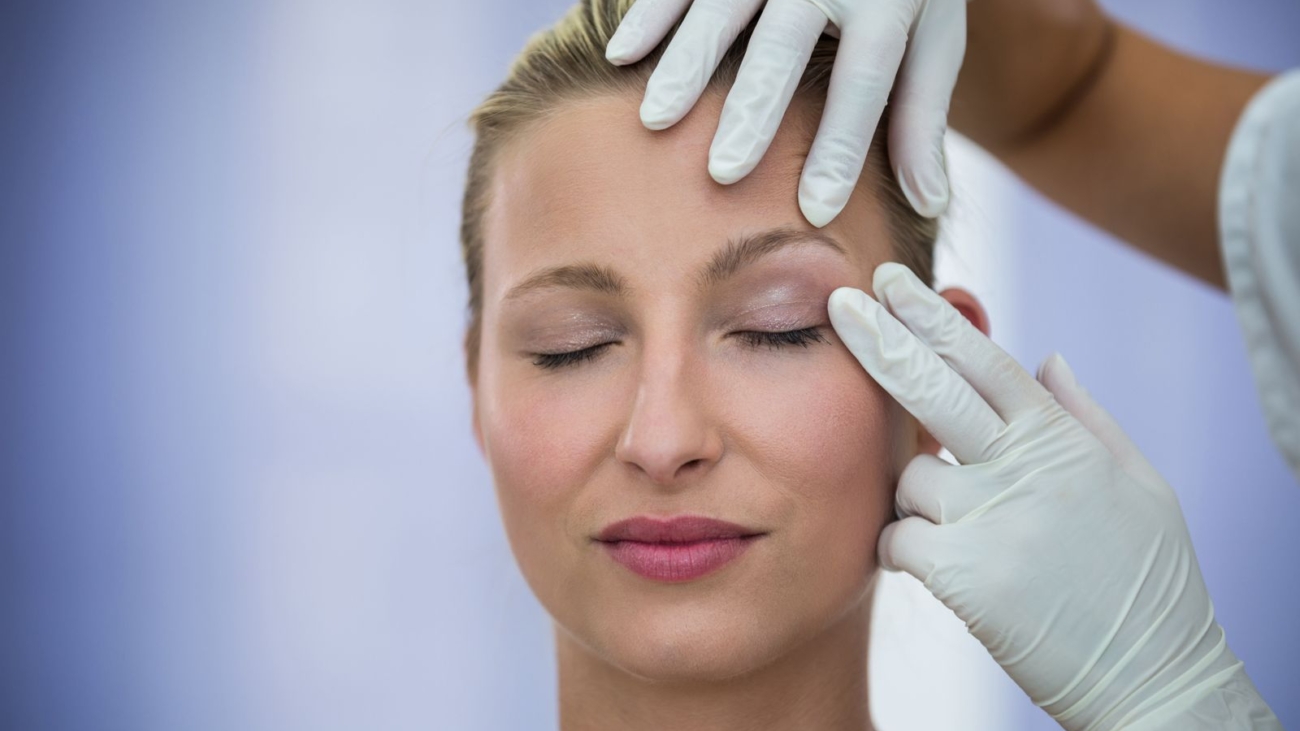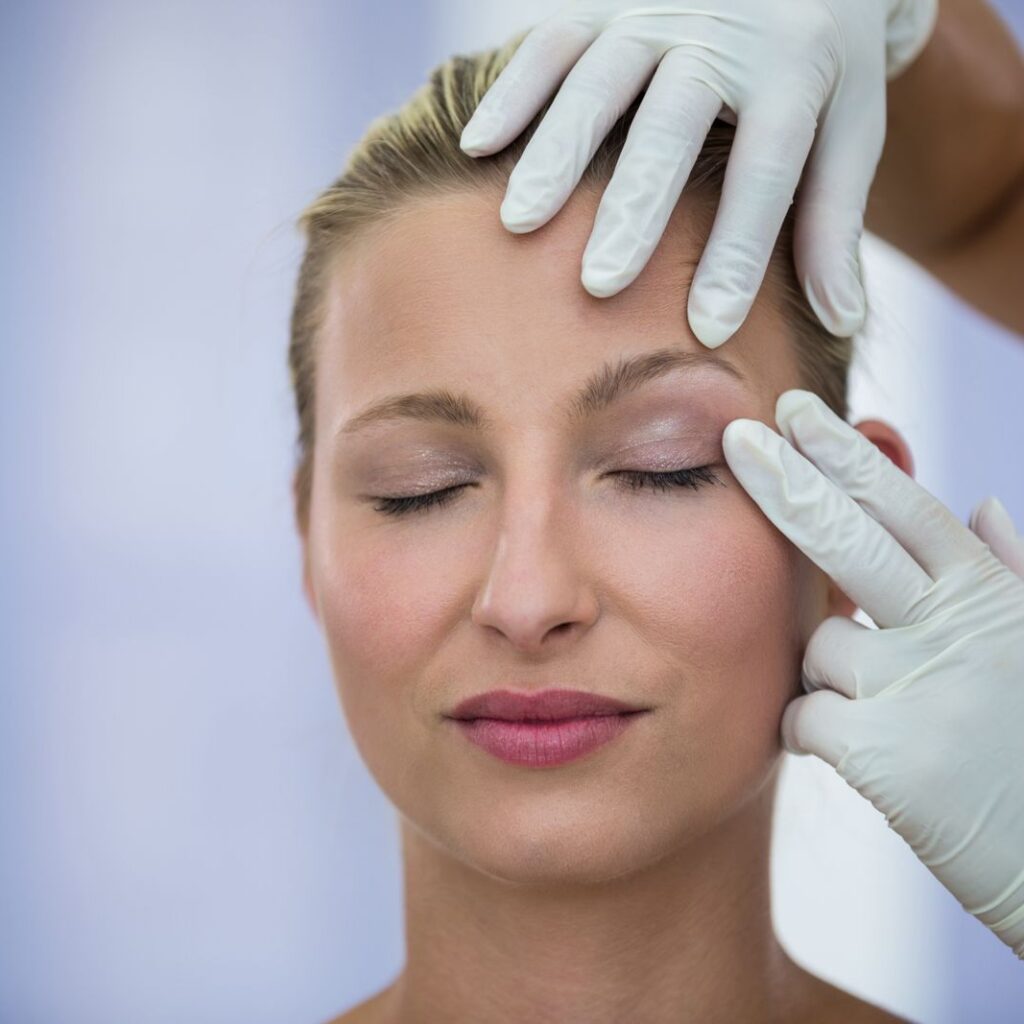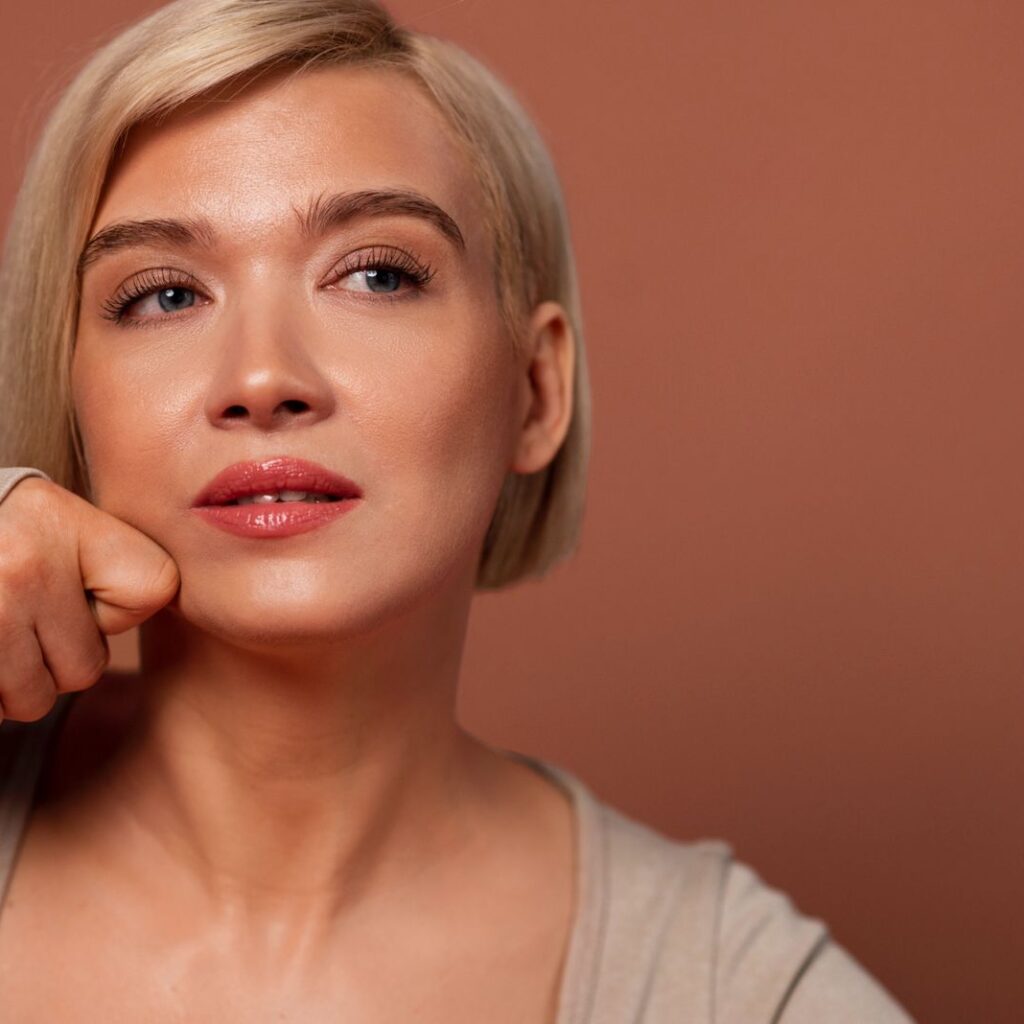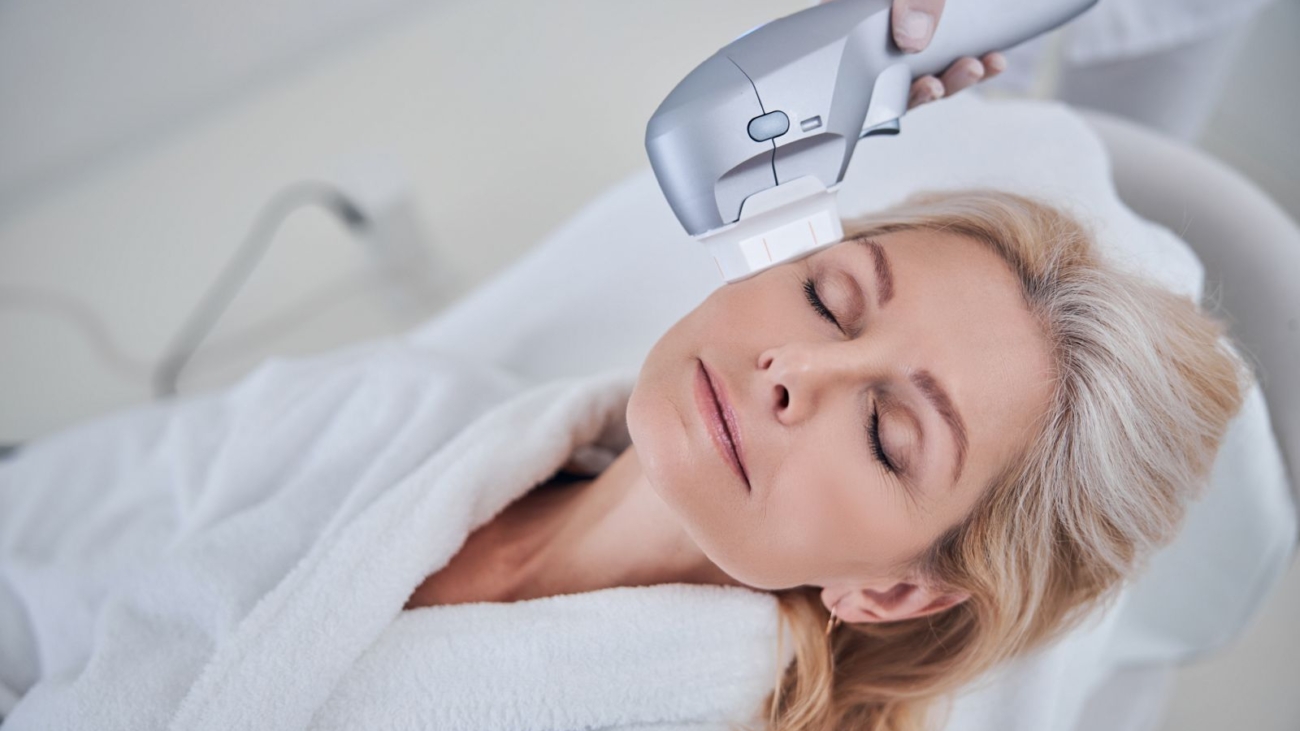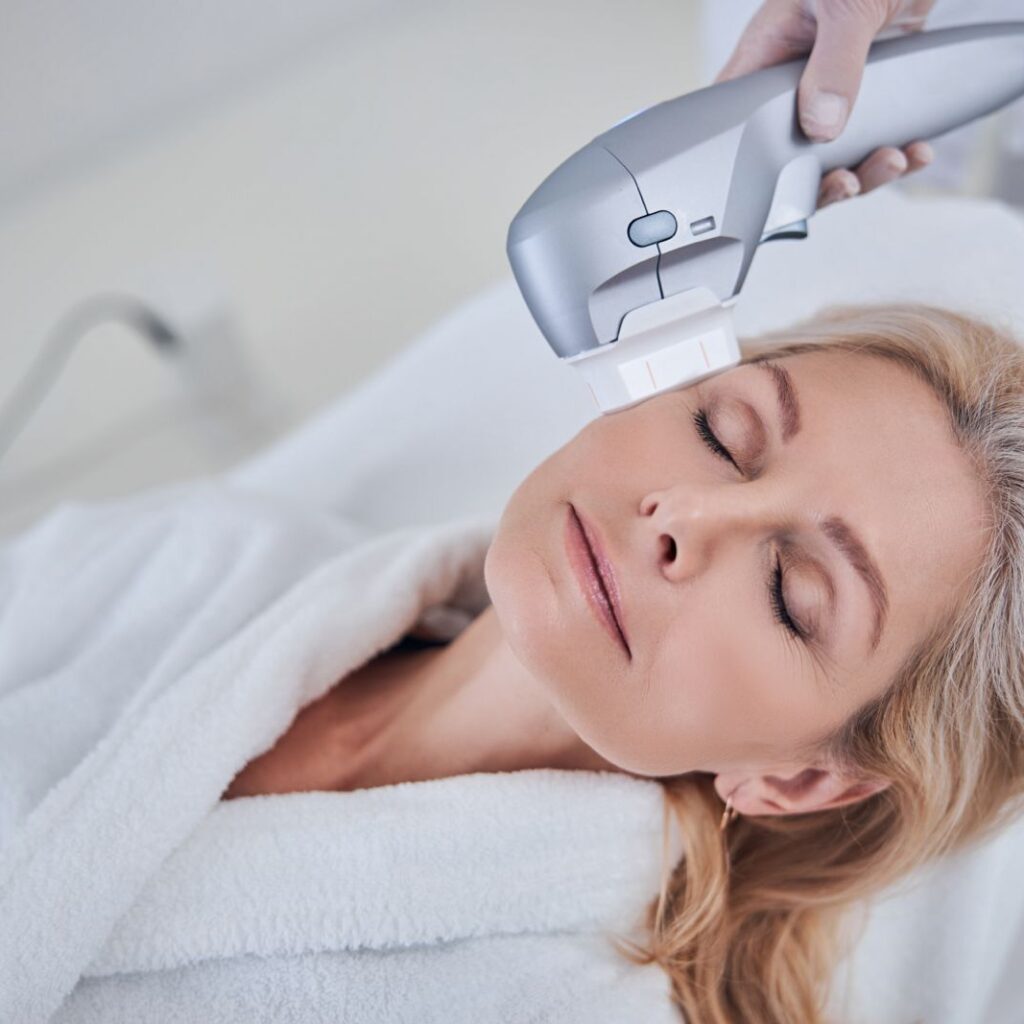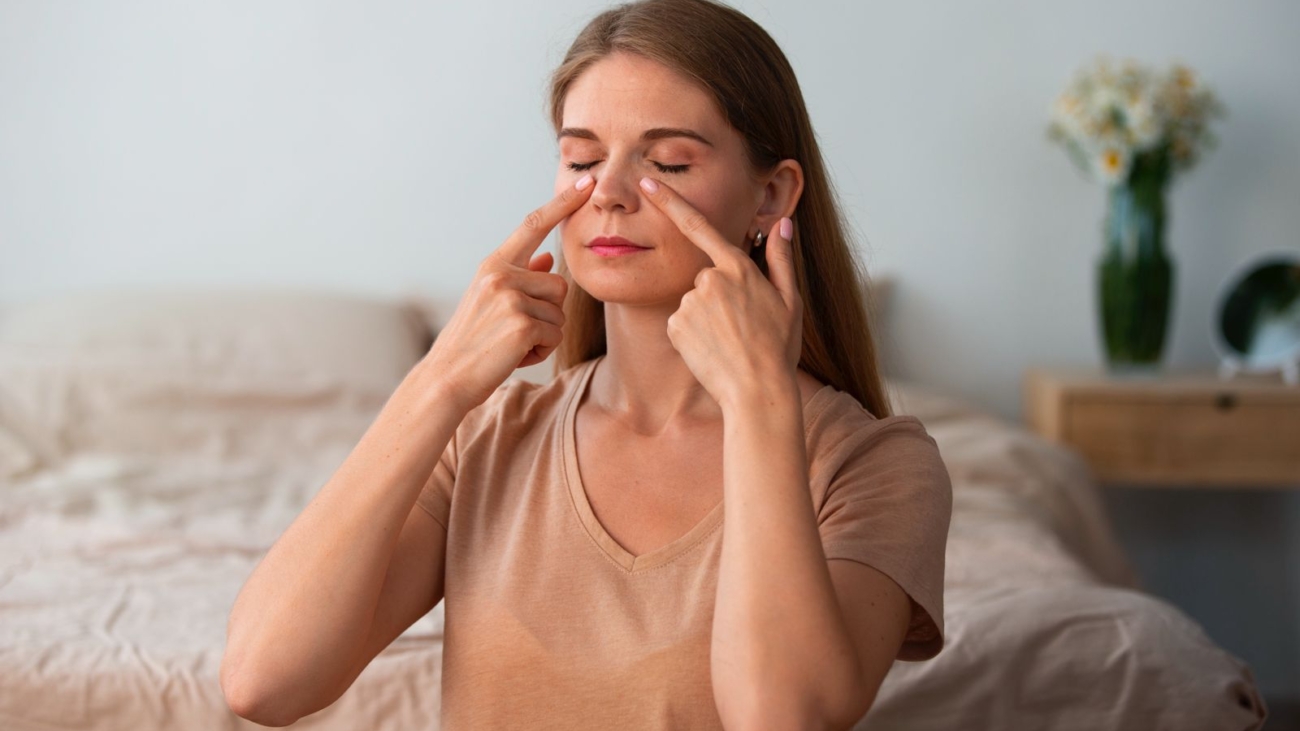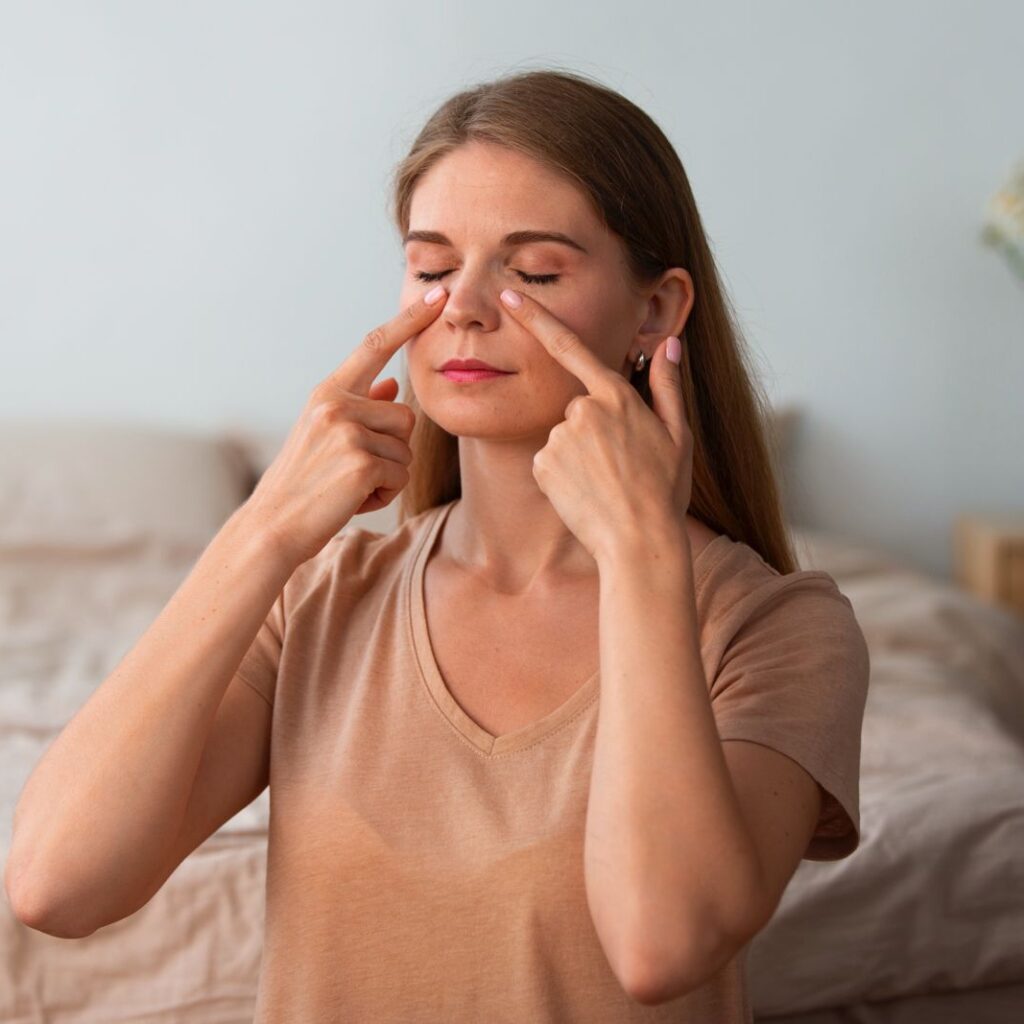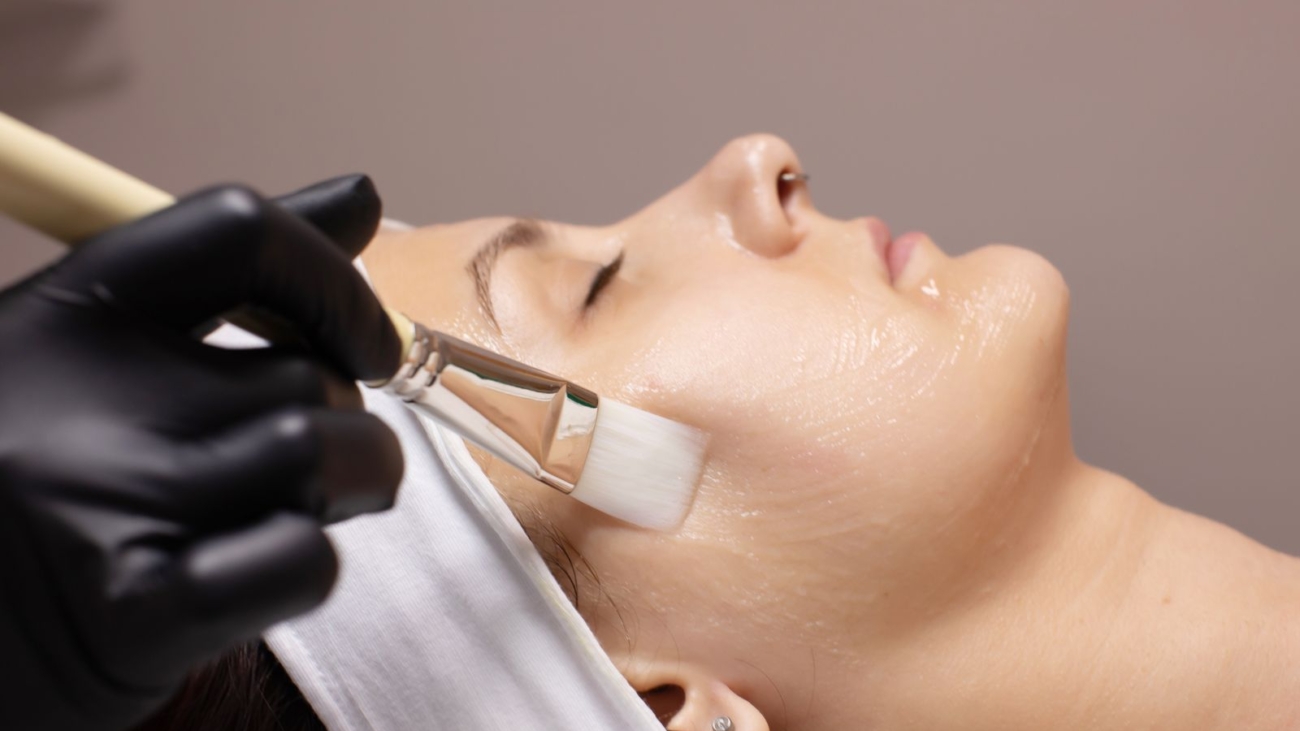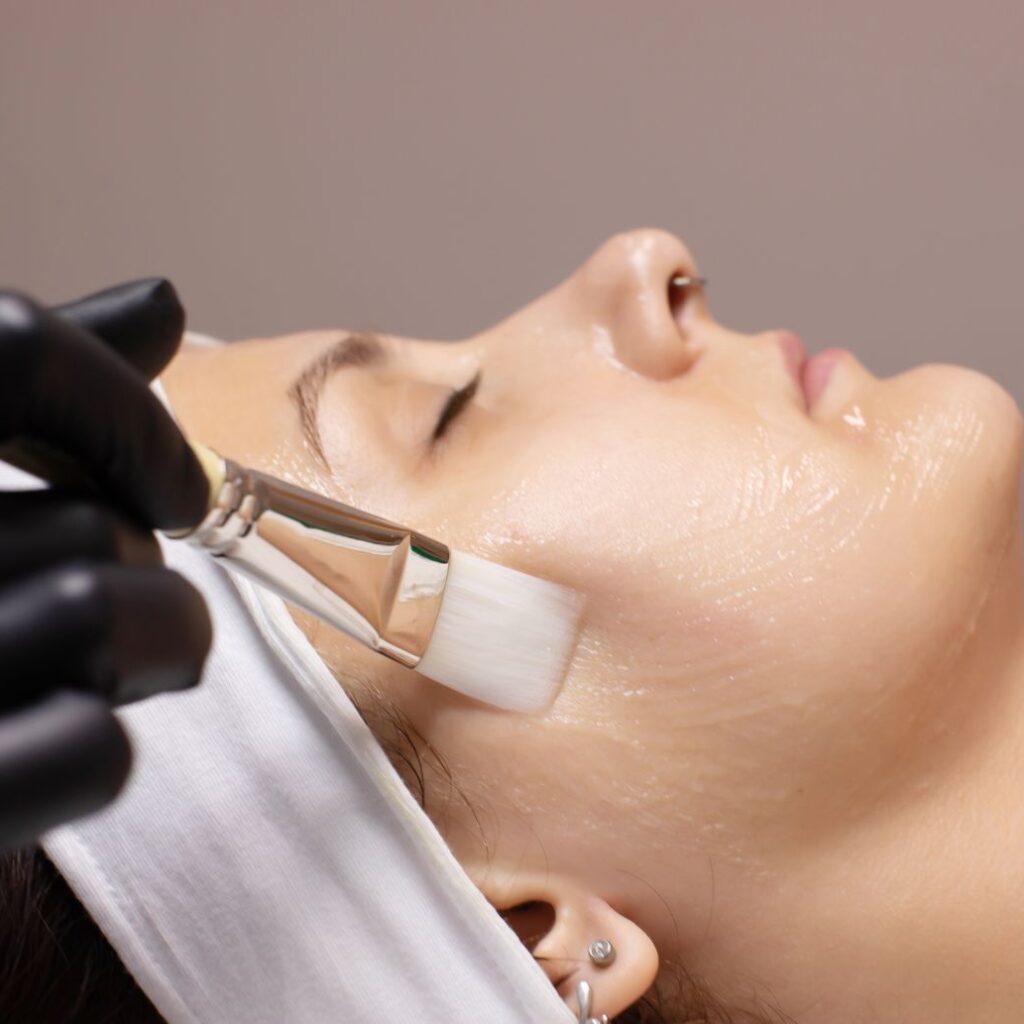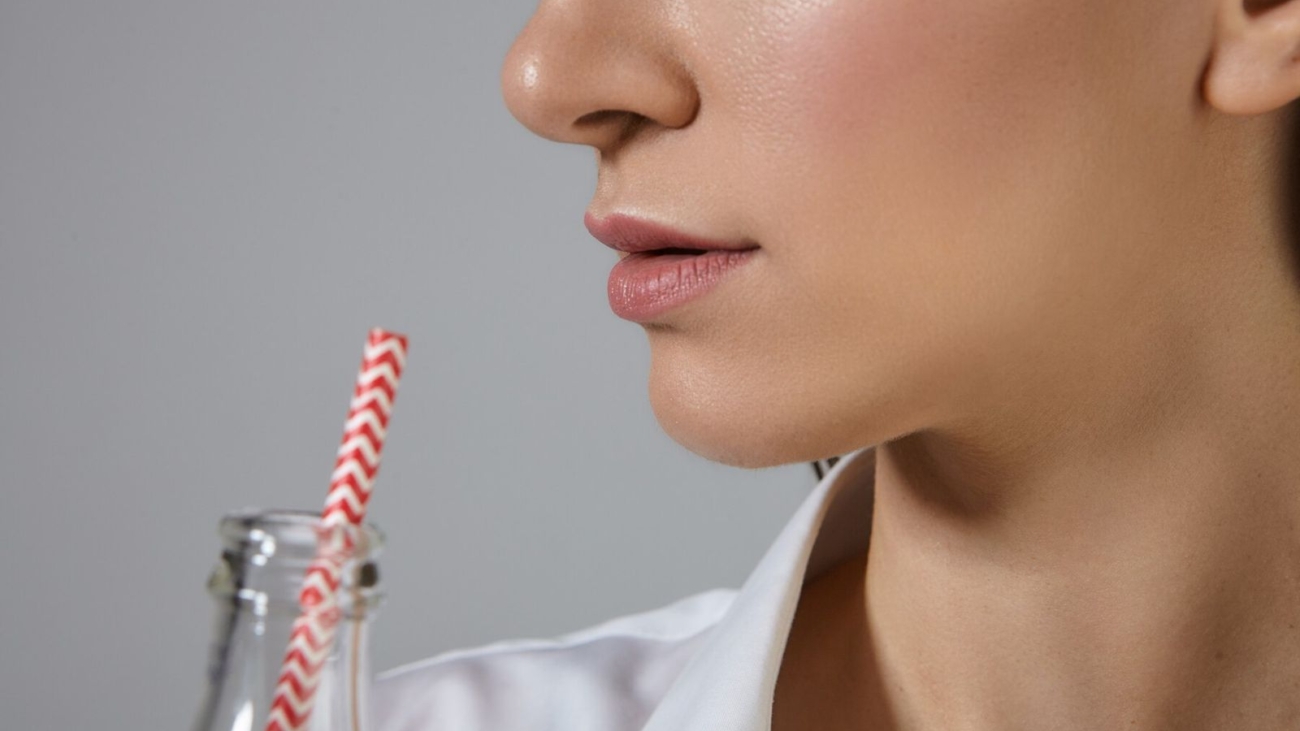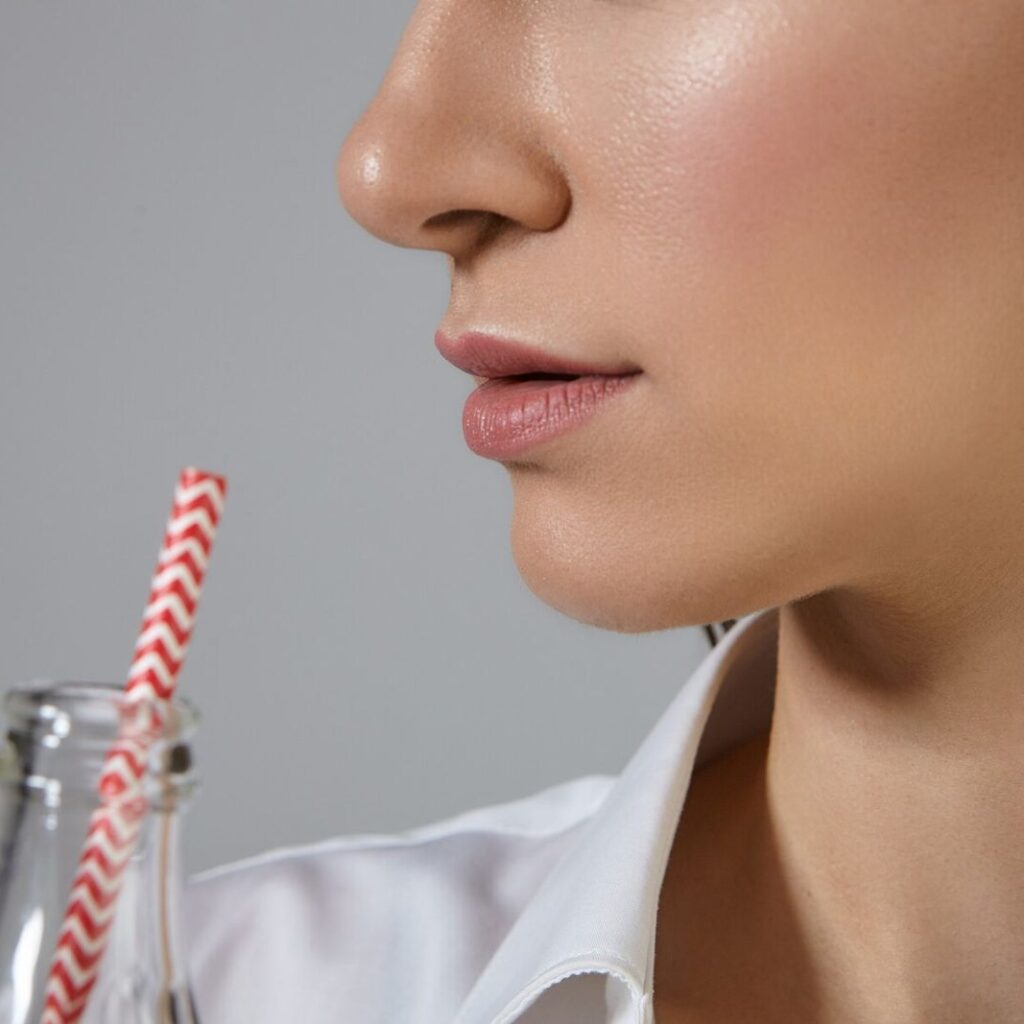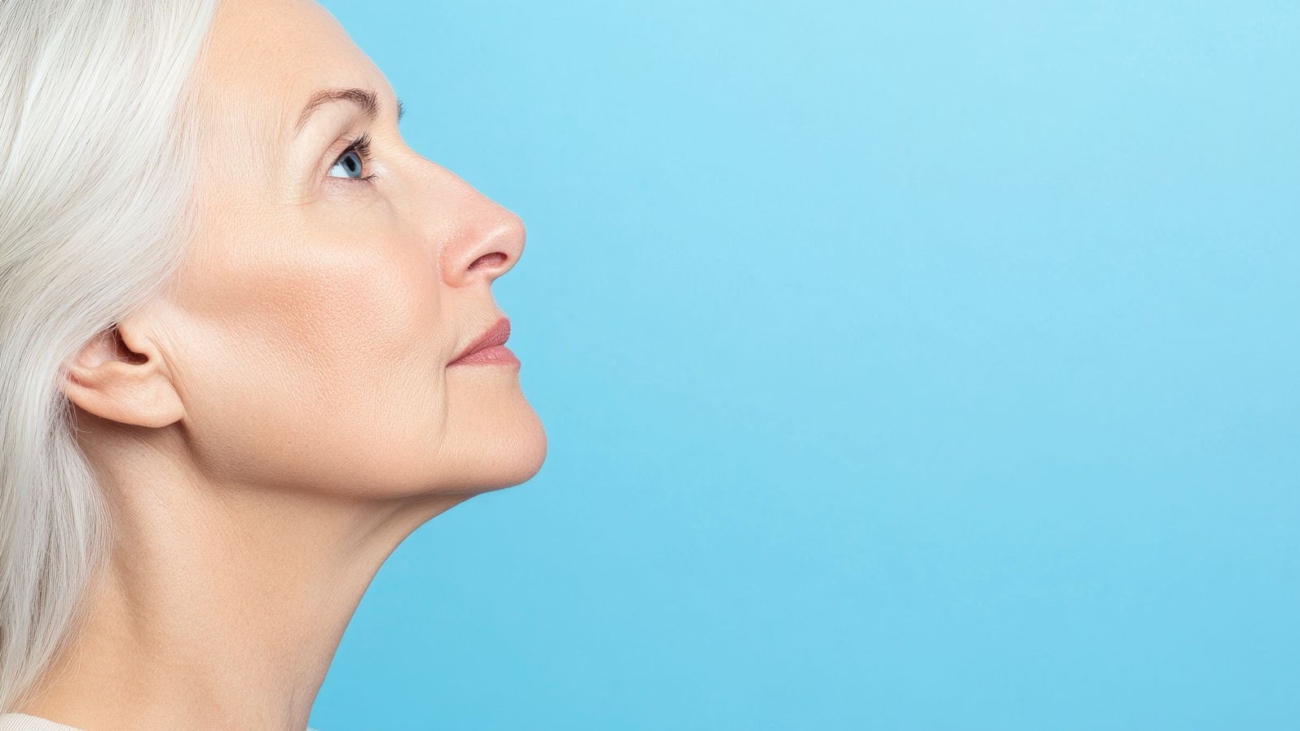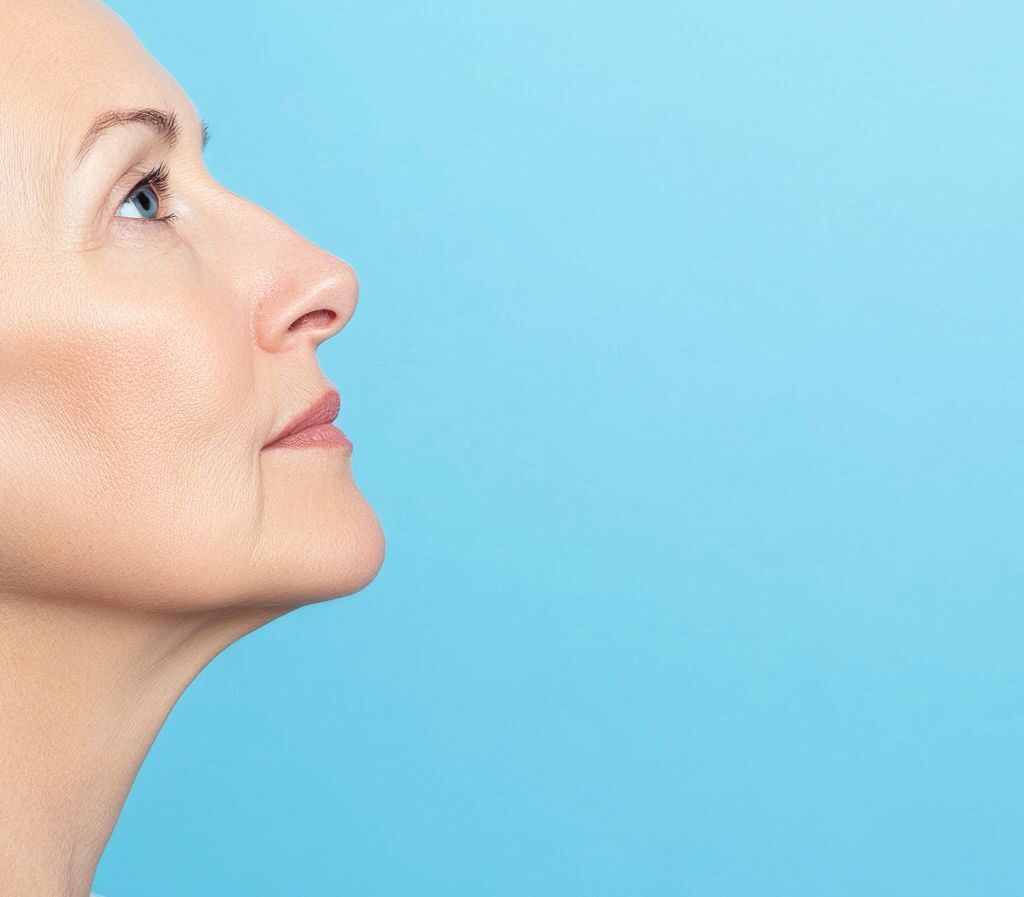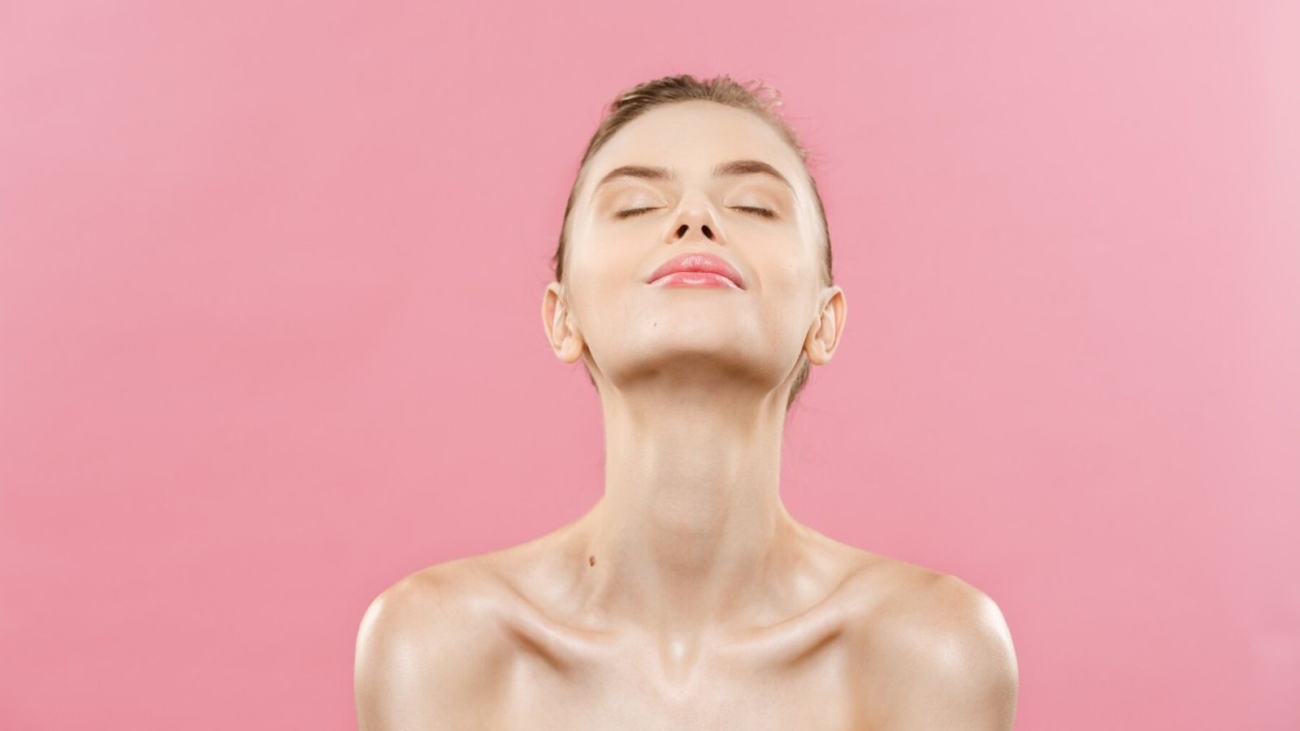Microneedling is one of the most popular aesthetic treatments that stimulates the skin’s natural regeneration and boosts collagen production, improving skin texture, reducing wrinkles, fine lines, hyperpigmentation, and scars, ultimately achieving a fresh, rejuvenated appearance.
However, like any treatment that involves microtrauma to the skin, microneedling requires careful post-treatment care to ensure optimal healing and maximize results.
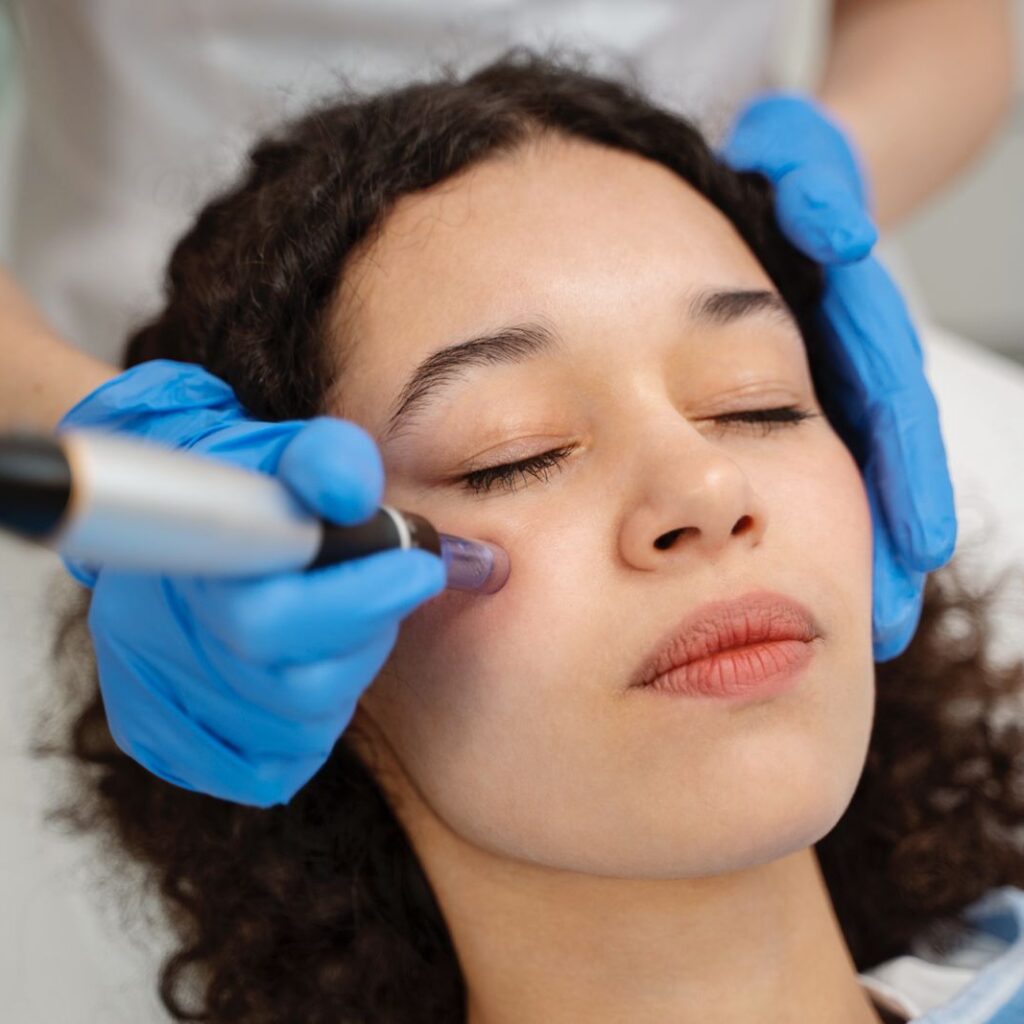
Why Post-Treatment Care Is Important
After microneedling, the skin enters an active regeneration phase. The microscopic injuries created by the needles stimulate the body’s natural repair processes and increase the production of collagen and elastin. However, these tiny injuries also make the skin temporarily more sensitive, drier, and more prone to irritation and external aggressors.
Without proper care, these natural healing processes can slow down, and the results of the treatment may be less noticeable. Post-treatment care plays a crucial role in speeding up recovery, minimizing side effects, and ensuring that the new, regenerated skin becomes as healthy and resilient as possible.
How Long Recovery Takes
The full recovery period after microneedling typically lasts 3–5 days:
- 24 hours after the procedure: significant redness, swelling, and petechiae are present.
- 1–2 days after the procedure: mild redness, slight swelling, minor itching, dryness, and tightness of the skin.
- 2–3 days after the procedure: redness becomes even lighter, and itching and tightness begin to subside.
- 3–4 days after the procedure: dryness and skin flaking are common.
- 5 days after the procedure: all symptoms usually disappear completely.
First 24 Hours – Initial Steps for Recovery
Follow your specialist’s instructions: Your aesthetician or dermatologist will provide specific post-treatment care instructions or recommend a set of products you can use immediately after the procedure. Typically, during the first 24 hours, it’s advised to rinse your face only with cool water and apply an antibiotic ointment if recommended.
Avoid touching your face: In the first few hours following microneedling, your skin is very sensitive and vulnerable to infection. It’s important to minimize contact with your face to prevent introducing bacteria.
Do not apply makeup: Since your pores are temporarily more open, applying makeup can cause irritation or clog the pores. It’s best to avoid any type of makeup during this time to allow your skin to calm down and heal naturally.
In the Next 2-3 Days – How to Continue Caring for Your Skin?
In the hours and days following the procedure, your skin continues to heal, so it’s important to follow these guidelines:
1 – 2 days post-procedure, it is essential to use a neutral, regenerative cream that helps reduce redness and sensitivity, preparing the skin to accept active ingredients from subsequent care products.
On the 3rd day post-procedure, you can gradually reintroduce your regular home skincare regimen, using gentle cleansers (free from harsh chemicals or perfumes), a hydrating cream or hyaluronic acid serum, and makeup may be applied.
Hydration is crucial – using serums and creams rich in hyaluronic acid, panthenol, ceramides, and vitamin E can aid in restoring the skin’s barrier function. Proper hydration not only soothes the skin but also supports the collagen synthesis process.
Sun protection: Post-microneedling, the skin is more sensitive to UV rays. Regular application of SPF (at least 30, preferably 50) is necessary, even on cloudy days. Avoid direct sunlight and tanning beds until the skin has fully recovered.
Avoid hot showers and physical exertion for the first 3-5 days: Intense heat (such as from saunas or hot baths) and increased sweating can further irritate and weaken the skin. It is advisable to refrain from these activities in the initial days.
3 – 5 days post-microneedling, avoid waxing, laser hair removal, or hair dyeing.
How to Maintain Results in the Long Term?
After the initial days have passed and the redness and sensitivity have subsided, it is still necessary to apply a targeted care regimen to maximize the benefits of the microneedling procedure:
1. Introduction of gentle, active ingredients: About a week after the treatment, when the skin has stabilized, you can begin to slowly introduce products like retinol or acids that aid in regeneration and maintaining skin quality. However, it is always best to consult with a professional about the exact timing and types of products.
2. Regular application of SPF protection: Harmful UV rays can diminish the effects of microneedling and accelerate skin aging even in the long term, so continue applying sunscreen with a protective factor throughout the year.
3. Combination with other treatments: Microneedling often combines well with PRP (platelet-rich plasma treatment) or mild chemical peels for additional benefits. Plan such combinations or upgrades in consultation with your aesthetic expert.
4. Proper nutrition and internal hydration: A diet rich in antioxidants, vitamins, and minerals, as well as adequate water intake, maintains skin hydration levels and supports renewal processes.
5. Regular check-ups: Depending on your skin issues and desired results, it may be recommended to repeat the microneedling treatment every 4 to 6 weeks. By having regular exams and check-ups at your aesthetic clinic, you ensure continuous care for your skin and adjustments to your care plan based on the condition of your skin.
Microneedling can drastically improve the appearance and texture of your skin, but complete success requires patience, adequate care, and smart post-procedure protection. A long-term skincare routine, aligned with expert advice, will further strengthen and prolong the achieved results.
